|
[1]
|
鲁长虎.槲寄生的生物学特征及鸟类对其种子的传播[J].生态学报,2003,23(4):834-839. |
|
[2]
|
肖来云,普正和.云南西双版纳桑寄生植物传播与鸟类的关系研究[J].生态学报,1994,14(2):128-134. |
|
[3]
|
中国科学院中国植物志编辑委员会.中国植物志第二十四卷[M].北京:科学出版社,1998. |
|
[4]
|
刘军,龚固堂.四川桑寄生科Loranthaceae植物研究[J].四川林业科技,1998(02):25-36. |
|
[5]
|
龚祝南,王燕飞,梁侨丽,等.中国桑寄生科植物化学分类学研究[J].广西植物,2004(06):493-496+514. |
|
[6]
|
何美莲,陈家宽,周铜水.HPLC法测定毛叶钝果寄生中3种主要黄酮成分的含量[J].药物分析杂志,2005,26(1):92-94. |
|
[7]
|
刘航.HPLC测定钝果寄生属3种植物中槲皮素的含量[J].中国民族民间医药,2011,(14):43-45. |
|
[8]
|
Ning Miao,Lei Zhang,Maoping Li,et al.Development of EST-SSR markers for Taxillus nigrans (Loranthaceae) in Southwestern China using next-generation sequencing,Applications in Plant Sciences,20175(8):1700010. |
|
[9]
|
庞秉章.白头鹎的食性[J].动物学杂志,1981,(4):75-76. |
|
[10]
|
柴璐艳,赵璐玲,纪雅雯,等.城市白颊噪鹛群体非繁殖季节的行为节律及时间分配[J].四川动物,2014,33(1):66-70. |
|
[11]
|
孙丹萍,刘玉卿,梁艺馨,等.河南栾川老君山发现红胸啄花鸟[J].动物学杂志,2016,51(3):383. |
|
[12]
|
王维禹,郭延蜀,胡锦矗,等.白头鹎春季食性及取食空间生态位的初步探究[J].四川动物,2005,24(4):466-468. |
|
[13]
|
晏安厚.黑尾蜡嘴雀的生态[J].野生动物,1985,(6):44-46. |
|
[14]
|
史永红,李新华,郭忠仁.黑尾蜡嘴雀冬季对树木果实的取食作用[J].生物学杂志,2012,29(3):20-23. |
|
[15]
|
刘岱基,王希明,辛美云,等.柳莺属鸟类迁徙环志初报[J].林业科技通讯,1993,(3):30-31. |
|
[16]
|
袁守诚,张克勤,李彤.长白山山雀科种群生态的比较[J].吉林林学院学报,1994,10(3):141-146. |
|
[17]
|
周立志,王岐山,宋榆钧.红头长尾山雀繁殖生态的研究[J].生态学杂志,2003,22(2):24-27. |
|
[18]
|
严小惠,江艳娥,胡锦矗.金翅雀的繁殖生态[J].西华师范大学学报,2006,27(2):170-173. |
|
[19]
|
朱峰,周材权,杨志松,等.四川南充白颊噪鹛的繁殖行为观察[J].动物学杂志,2010,45(4):150-155. |
|
[20]
|
|
|
[21]
|
徐玉梅.乌鸫繁殖习性及食性的初步探究[J].生态学通报,2009,44(3):31-33. |
|
[22]
|
杨帆,巴一,石鑫,等.鸟类取食活动对桑树种子传播和萌发的影响[J].蚕业科学,2017,43(5):0729-0736. |











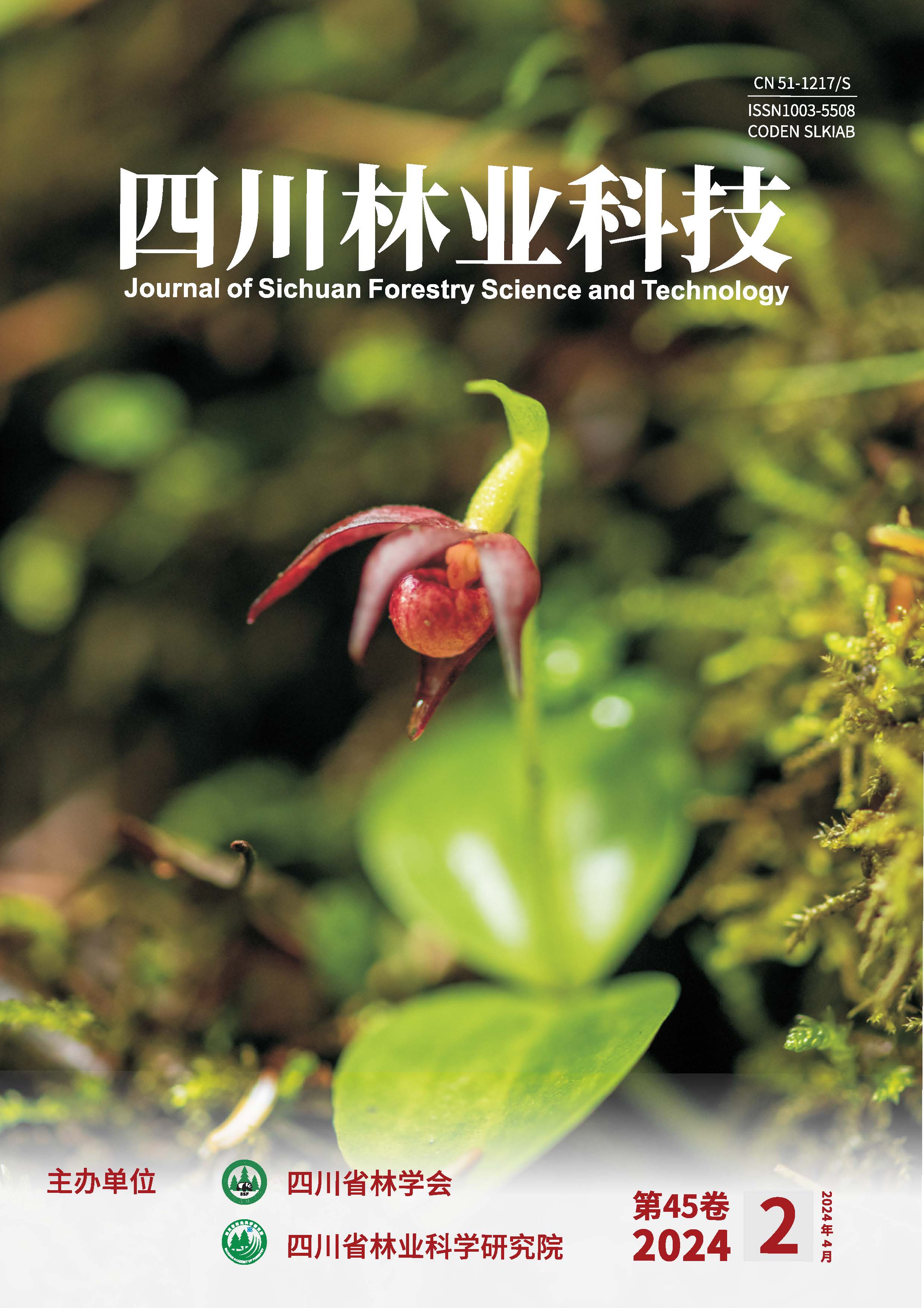
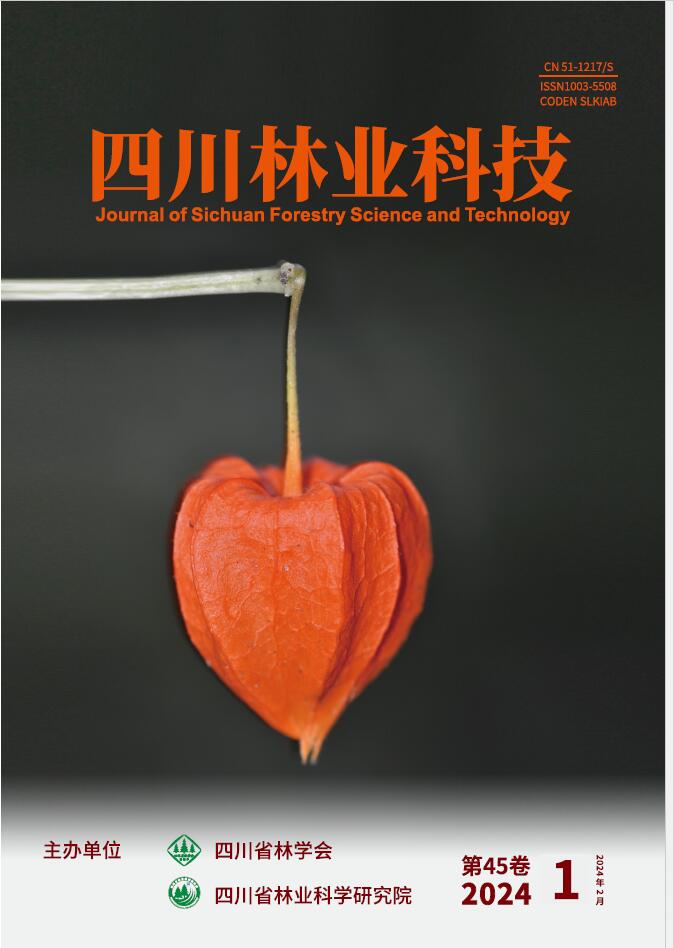
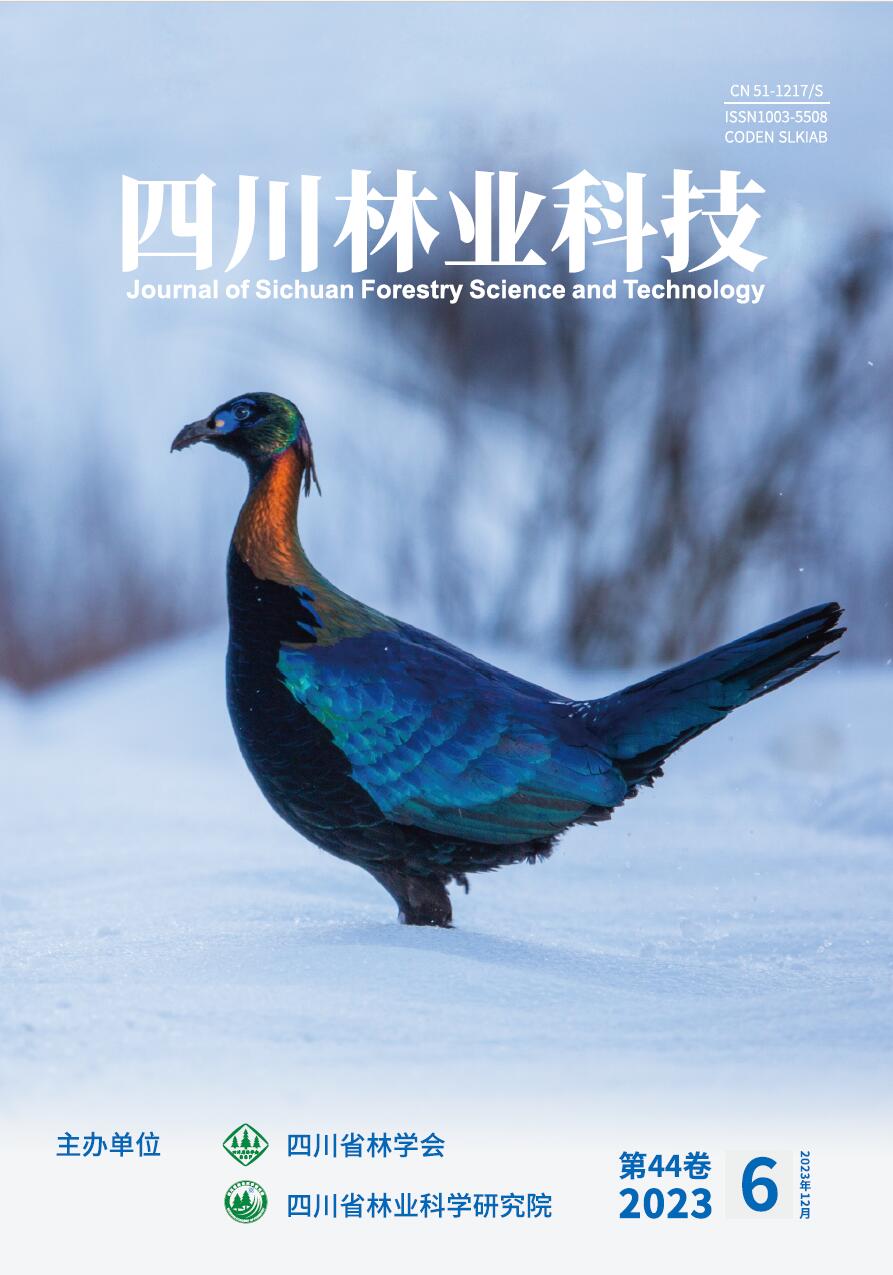
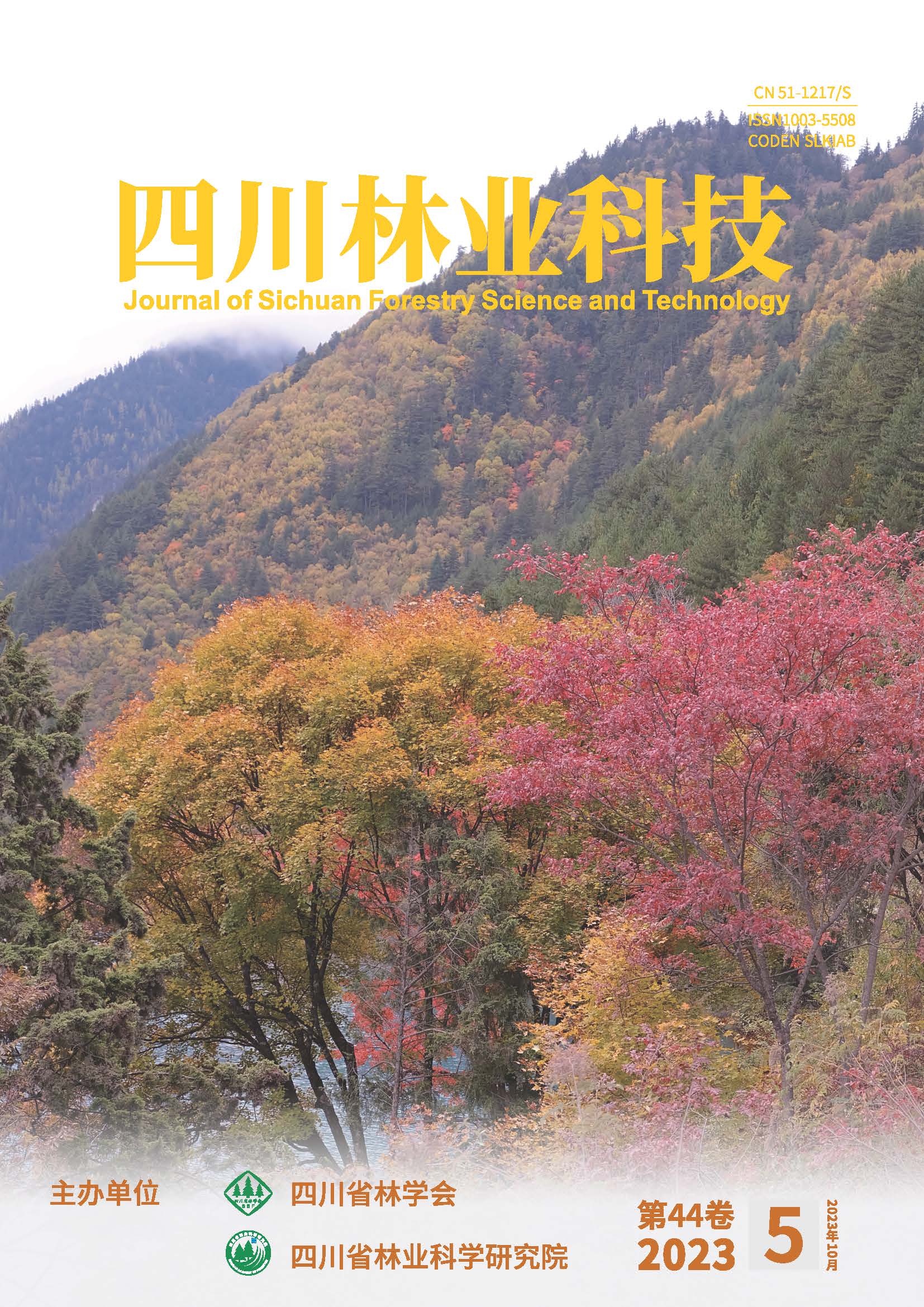
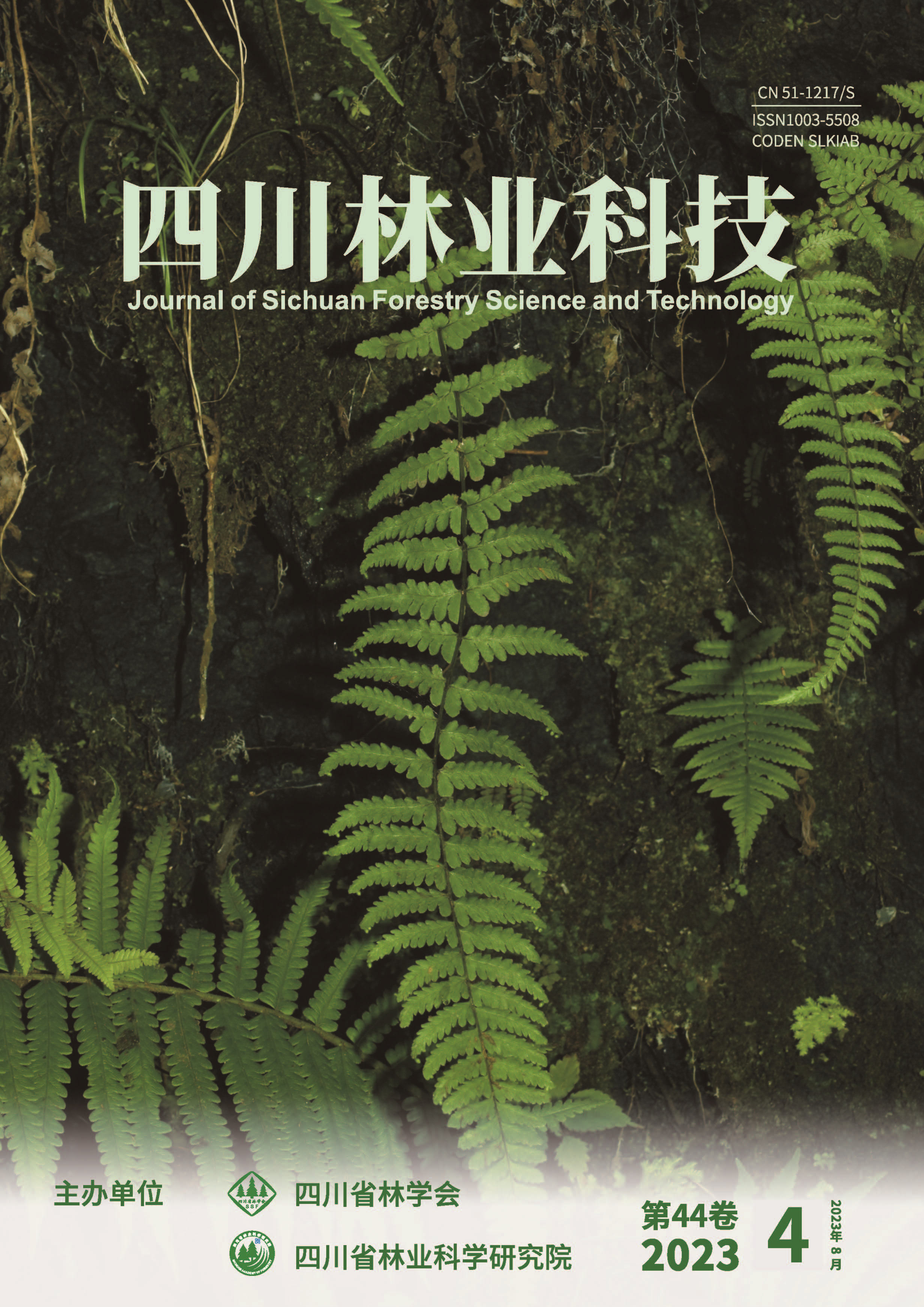
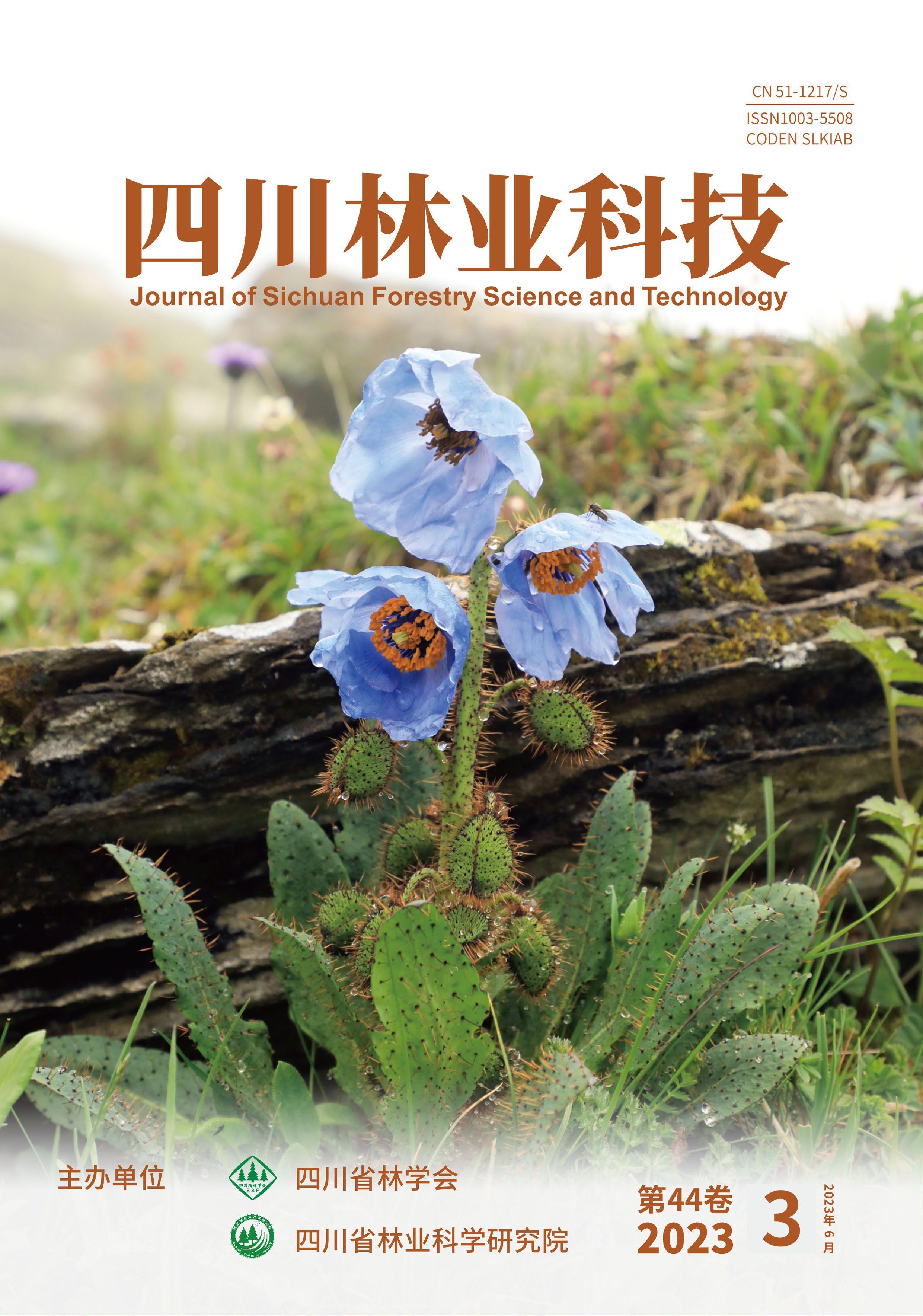
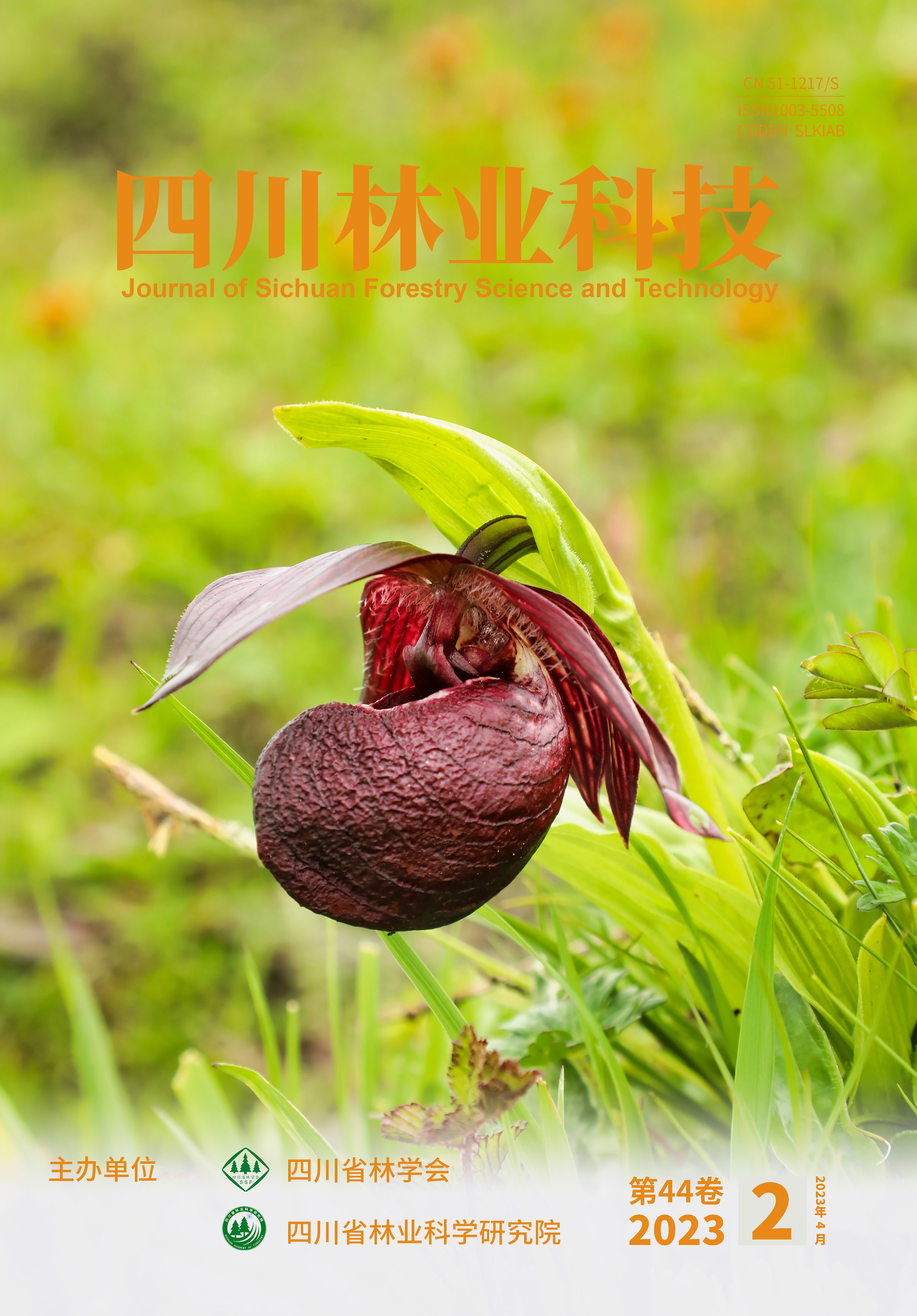
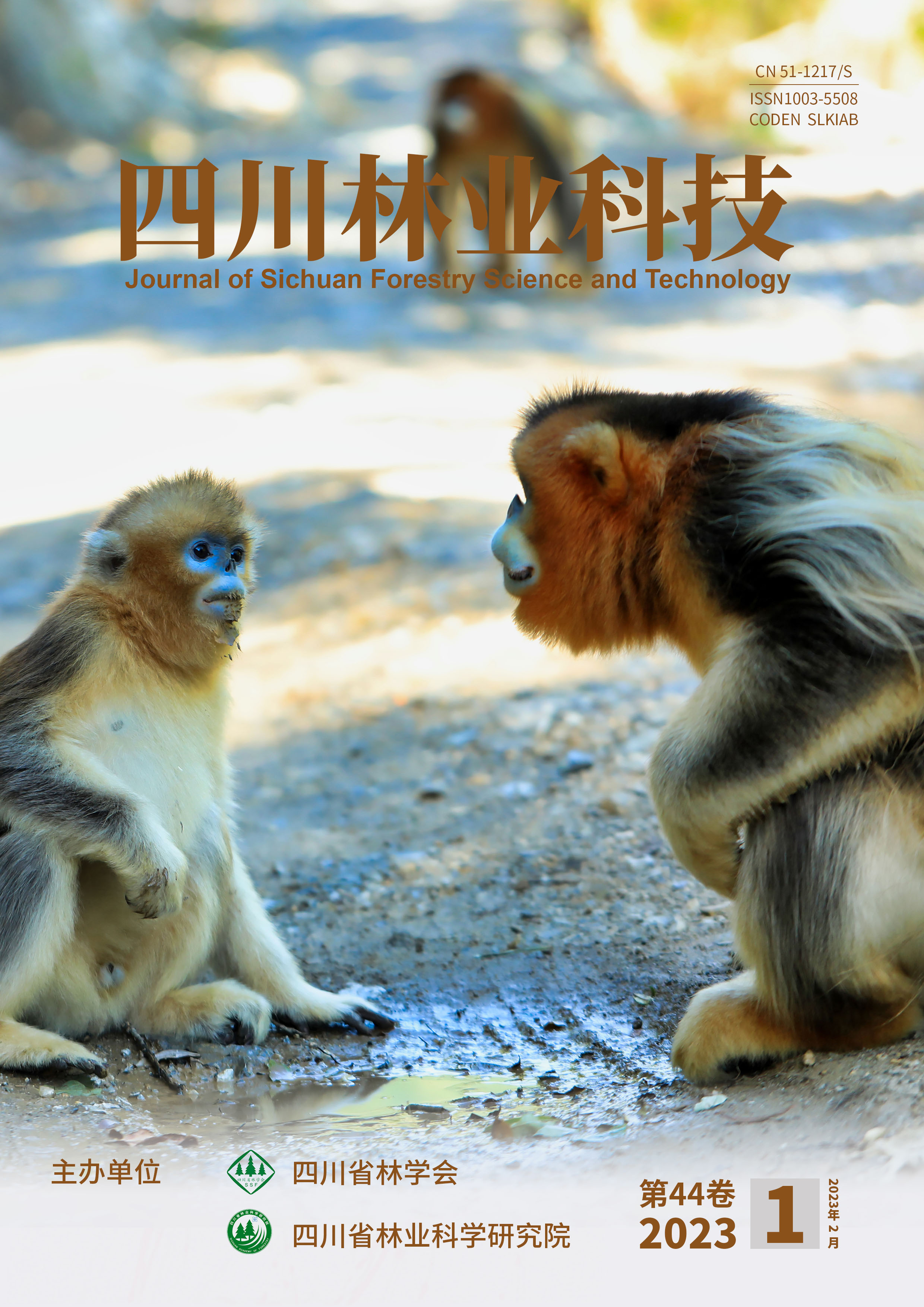


 DownLoad:
DownLoad: